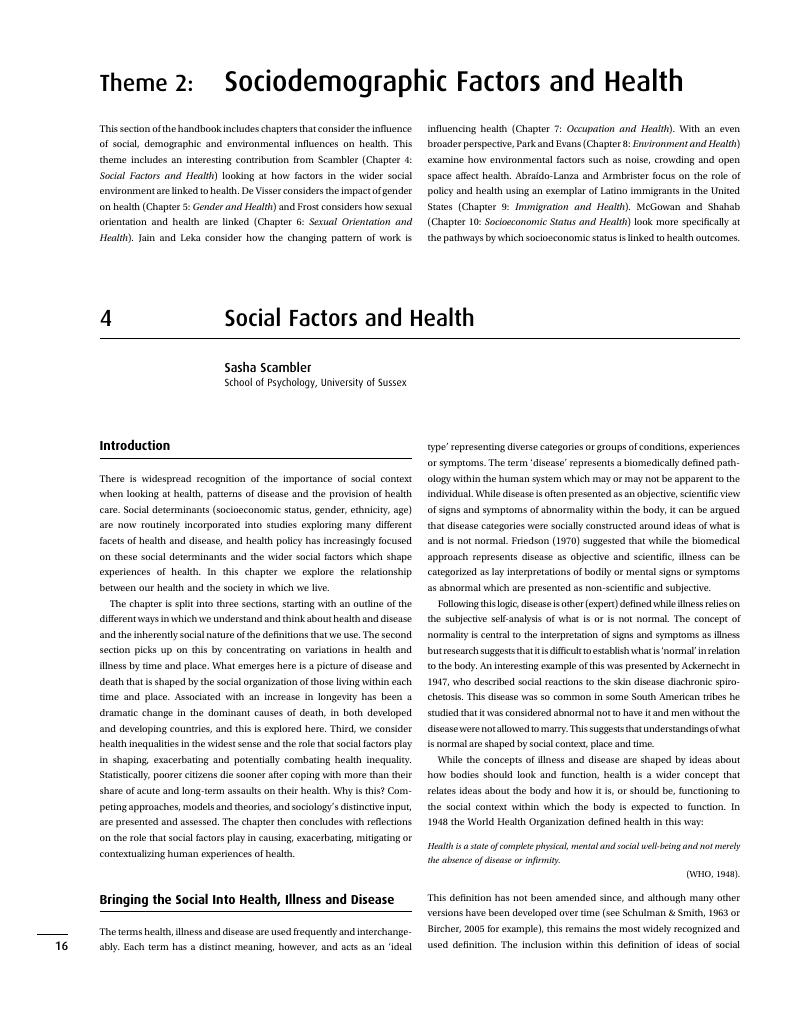Book contents
- Cambridge Handbook of Psychology, Health and Medicine
- Cambridge Handbook of Psychology, Health and Medicine
- Copyright page
- Contents
- Contributors
- Preface
- Part I Psychology Health and Illness
- Section 1 Psychological Aspects of Health and Illness
- Theme 1: Lifecourse and Health
- Theme 2: Sociodemographic Factors and Health
- Theme 3: Health Behaviours
- Theme 4: Responding to Symptoms
- Theme 5: Coping With Illness and Stress
- Theme 6: Conflict and Health
- Section 2 Psychological Assessment
- Section 3 Psychological Interventions
- Section 4 Health Care Practice
- Part II Medical Topics
- Index
- References
Theme 2: - Sociodemographic Factors and Health
from Section 1 - Psychological Aspects of Health and Illness
Published online by Cambridge University Press: 05 June 2019
- Cambridge Handbook of Psychology, Health and Medicine
- Cambridge Handbook of Psychology, Health and Medicine
- Copyright page
- Contents
- Contributors
- Preface
- Part I Psychology Health and Illness
- Section 1 Psychological Aspects of Health and Illness
- Theme 1: Lifecourse and Health
- Theme 2: Sociodemographic Factors and Health
- Theme 3: Health Behaviours
- Theme 4: Responding to Symptoms
- Theme 5: Coping With Illness and Stress
- Theme 6: Conflict and Health
- Section 2 Psychological Assessment
- Section 3 Psychological Interventions
- Section 4 Health Care Practice
- Part II Medical Topics
- Index
- References
Summary

- Type
- Chapter
- Information
- Cambridge Handbook of Psychology, Health and Medicine , pp. 16 - 45Publisher: Cambridge University PressPrint publication year: 2019



